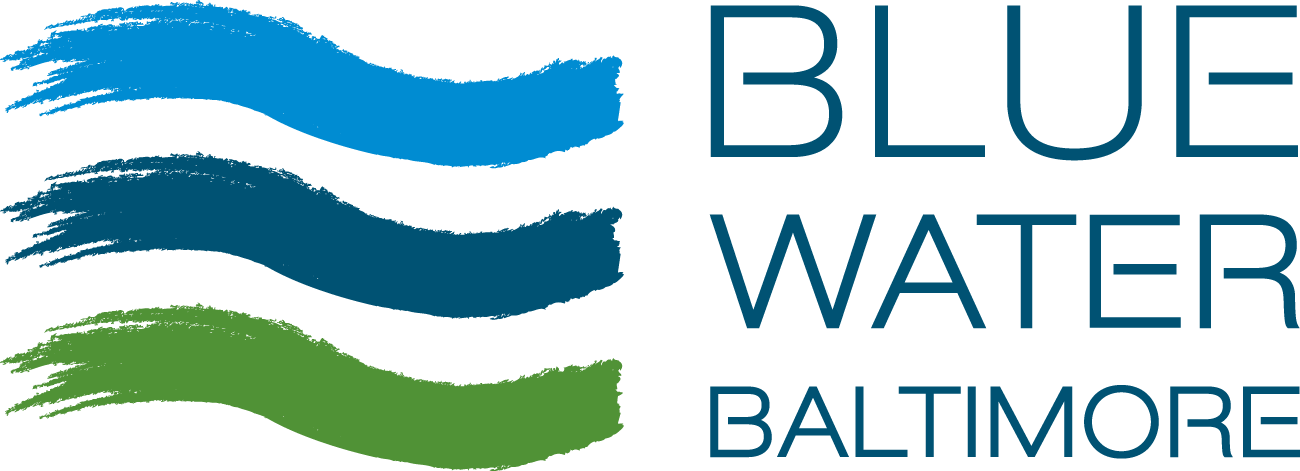Chlorophyll α
What is Chlorophyll α?
Chlorophyll α is a type of green pigment, essential for photosynthesis, found in most algae and phytoplankton. Chlorophyll α is measured as a concentration in micrograms per liter (µg/L). Because Chlorophyll α is contained within algae, it can be used as an indicator for the amount of green-pigmented algae present in the water.
Why is Chlorophyll α important?
As an indicator for the amount of algae in waterways, Chlorophyll α is important for determining whether algal cells are present at ecologically healthy levels. When there is too much nutrient pollution (measured by Total Nitrogen and Total Phosphorus) present in the water, algae will rapidly reproduce and create visible blooms in the water. Sometimes these algal blooms are comprised of harmful species that secrete toxins which can stress or kill fish and other aquatic animals. When algae blooms die they are decomposed by bacteria that consume oxygen and cause a rapid decline in dissolved oxygen levels. These conditions can also stress or kill fish and other aquatic organisms. However, appropriate levels of Chlorophyll α are important to indicate that enough algae are present to serve as food for other aquatic creatures.
How do we measure Chlorophyll α?
We measure Chlorophyll α at tidal sampling sites using two different methods. First, using an optical probe lowered from our Waterkeeper boat the R/V Muckraker into the water at each station location, we collect readings at 0.25, 0.5 or 1.00 meter intervals from the water surface to just above the river bottom. Second, we collect a water sample from 1 meter below the water’s surface at each station, store samples on ice, and deliver samples the same day to the Blue Water Baltimore Water Quality Laboratory. Samples are processed in house and batch shipped to an outside laboratory for analysis. We assess Chlorophyll α data using a numeric pass/fail ecological threshold for mesohaline [https://encyclopedia2.thefreedictionary.com/mesohaline] systems of ≤6.2 µg/L in spring and ≤7.7 µg/L in summer, which was established by the Mid-Atlantic Tributary Assessment Coalition (MTAC) Sampling and data analysis protocols for Mid-Atlantic tidal tributary indictors.
